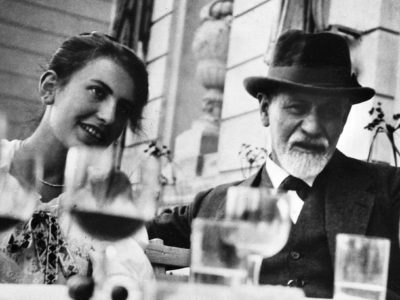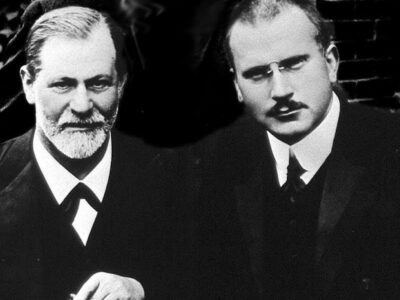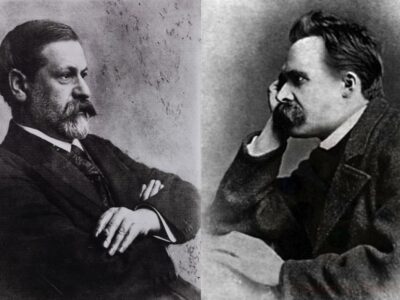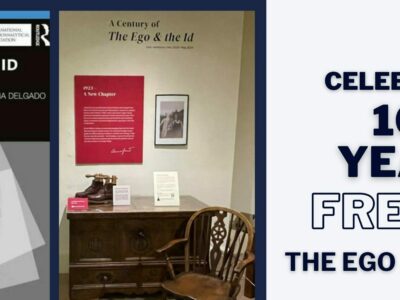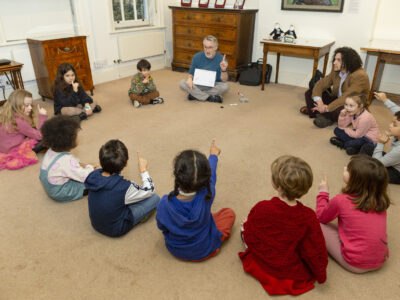
- This event has passed.
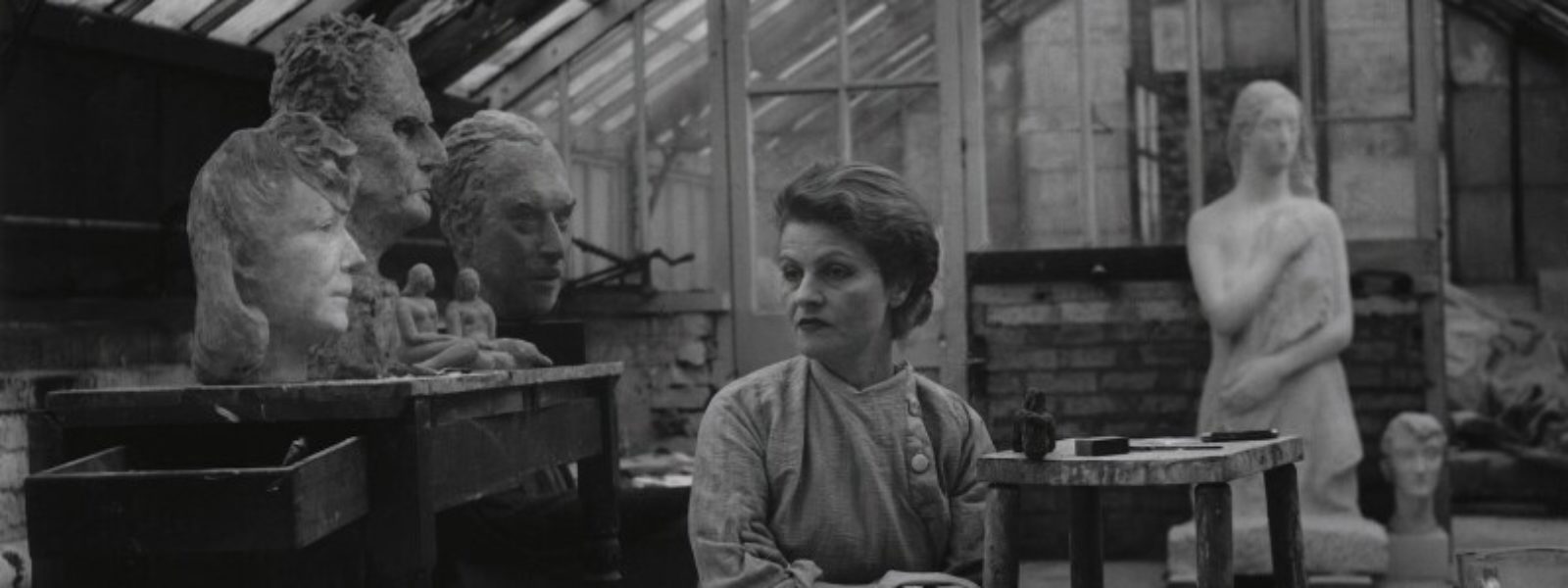
All attendees will be sent a link to join the symposium after registration. All registrants will automatically receive access within 24 hours of the event to catch up for ~1 month. Please note: all time are in GMT. If you are based outside the UK, please check the time difference.
Muriel Gardiner described her decision to confine her autobiography only to the time when she was actively involved in the anti-Nazi struggle. Her quiet courage, and the undramatic way in which she tells her story have much in common with the lives of three of her contemporaries, who fled Austria in 1938 for enforced exile in London.
There are many complex reasons why Austria’s women artists, born in the first decades of the 1900s, have rarely found a place in the cultural histories of their original or adopted countries. Nor can such erasures be redressed entirely by the reworking of feminist art histories in ‘differencing the canon’. Rather what is called for is an imperative to remember their lives and achievements in wider social contexts.
This symposium revisits art historian Linda Nochlin’s seminal question fifty years on, to bring together seemingly unconnected Austrian-born artists – a painter, a sculptor, and a potter – ‘in conversation’, such as they may well have enjoyed in London in the 1940s, and with Gardiner’s own story. Their comings and goings reveal serendipitous and intriguing connections with Freud’s circles, other significant émigré figures, and to each other. Focusing on psycho-dynamic aspects of their life and work – parental relationships, their independence of spirit, their connectedness to certain ideals – new insights are revealed.
SCHEDULE
11.00 – 11.15
Introduction
11.15 – 11.45
Carol Seigel
The multi-faceted Muriel Gardiner
11.45 – 12.15
Dr Diane V. Silverthorne
Giving voice to Anna Mahler, Sculptor in Exile
12.15 – 12.45
BREAK
12.45 – 13.15
Dr Ines Schlenker
Breaking the Mould: Marie-Louise von Motesiczky, the arts and psychoanalysis
13.15 – 13.45
Julia Weiner
Lucie Rie – Viennese Modernist
13.45 – 14.30
Discussion (Chaired by Dr Joanne Morra)
SPEAKERS & ABSTRACTS
Carol Seigel, Director, Freud Museum London
The multi-faceted Muriel Gardiner
American-born Muriel Gardiner, the subject of the Freud Museum’s latest exhibition Code Name Mary: The Extraordinary Life of Muriel Gardiner, lived in Vienna during the turbulent decades of the 1920s and 1930s. She studied medicine, was psychoanalysed by one of Sigmund Freud’s colleagues, had a passionate affair with the poet Stephen Spender, became heavily involved in socialist politics, and brought up her daughter Connie as a single parent. She also courageously undertook clandestine resistance activities against the Austrian fascist, and later Nazi government.
The difficult and unconventional choices made by Muriel Gardiner in inter war Austria echo and complement the experiences of the émigré artists featured in this symposium, and their complex lives.
Dr Diane V. Silverthorne, art and cultural historian, Vienna 1900 scholar, with research interests in music and the visual arts
Giving voice to Anna Mahler, Sculptor in Exile
In the Salzburg Festival catalogue, on sculptor Anna Mahler’s exhibition which she did not live to see, Ernst Gombrich reflected on her fragmented career. ‘We cannot hope ever to see the full range of her works – they are scattered to the world or have disappeared from sight.’ Anna Mahler (1904-1988), daughter of composer Gustav Mahler and Alma, worked in stone, amongst which were her Grand-Prix-awarded figure at the Paris World Fair, 1937, as well as a commission for The Festival of Britain. This talk will consider her feelings of ‘inner necessity’, the significance of music to her work, and the dynamics of her filmed commentary as she worked on a double-sculpture of a mother and daughter, 1954.
Dr Ines Schlenker, independent art historian, curator and writer
Breaking the Mould: Marie-Louise von Motesiczky, the arts and psychoanalysis
Marie-Louise von Motesiczky (1906-1996) was born into a prominent Jewish family which played a vital role in the intellectual and artistic circles of Vienna. Over the course of her long life, she developed a sceptical attitude towards psychoanalysis, expressed in a mysterious portrait of the psycho-analysist Ernst Kris (now in the Freud Museum). She also defied familial expectations and societal conventions, but still conformed to certain gender roles, such as caring for her ageing mother from whom she drew artistic inspiration.
Julia Weiner (MA Oxon), arts writer for the Jewish Chronicle, Associate Professor of Art History at Regent’s University London, curator of Shaping Ceramics at the Jewish Museum
Lucie Rie – Viennese Modernist
Dame Lucie Rie (1902-95) was born in Vienna, the daughter of Benjamin Gomperz, doctor and friend to Sigmund Freud. She studied at the Vienna Kunstgewerbeschule before fleeing Nazi Europe in 1938 to come to Britain. This talk will explore her life in Vienna and how she changed British studio pottery by bringing her knowledge of European modernism to London.
Discussion Chair:
Dr Joanne Morra is Professor of Art at Central Saint Martins, University of the Arts London. Her research interests are in contemporary art, autobiography and psychoanalysis.
This event was made possible by the generous support of:

